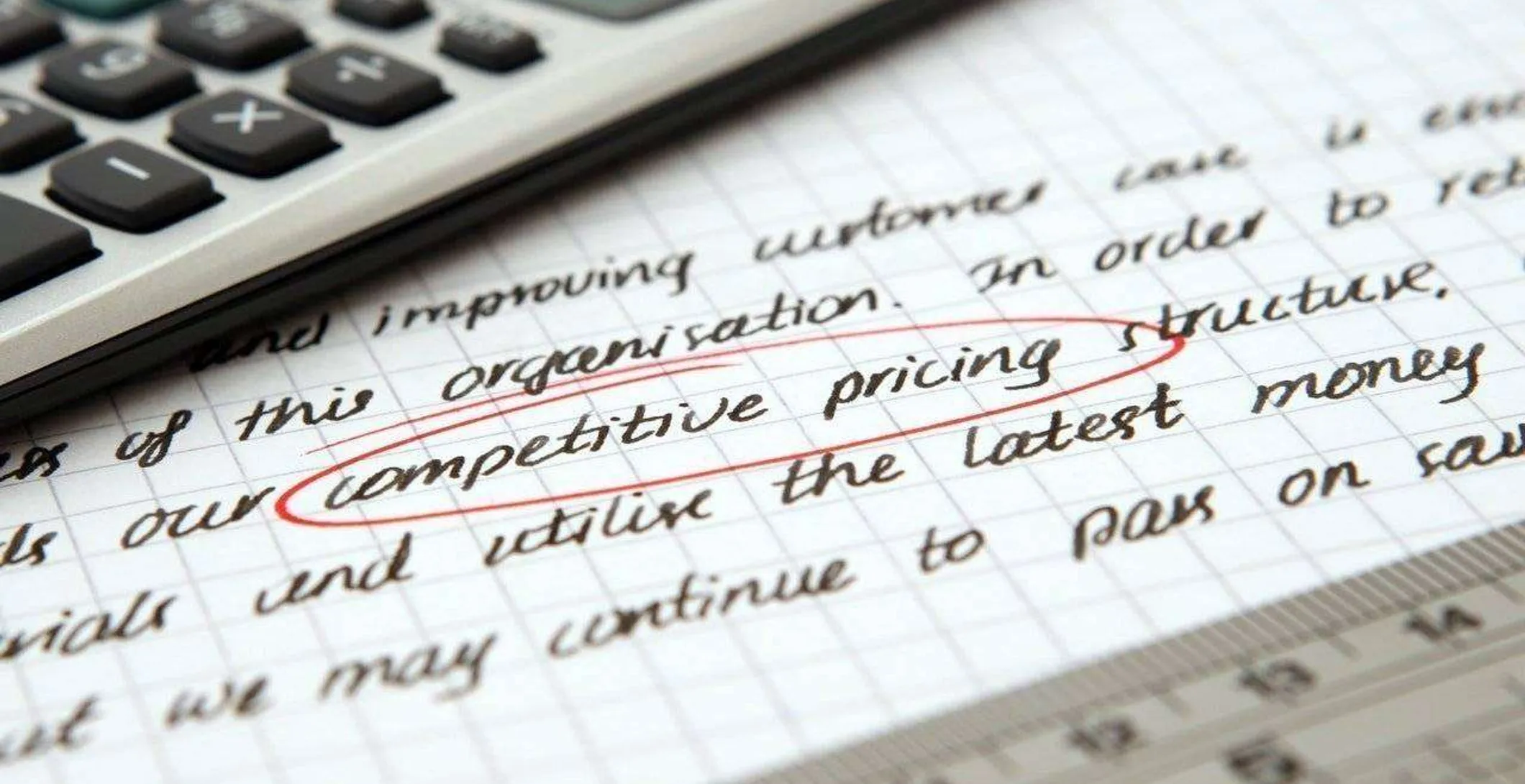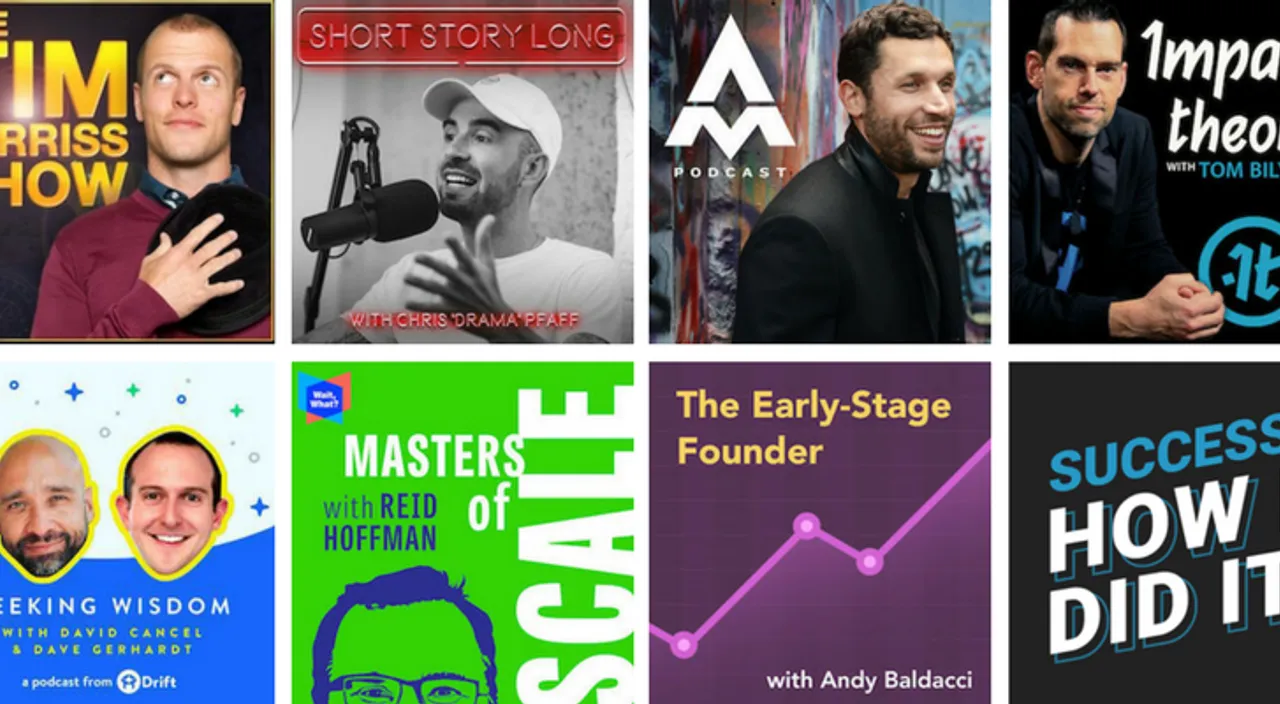Calculating the selling price of a product for your ecommerce website is one of the most important calculations you will make. There are a lot of factors you must take into consideration before you come to your best end price.
Once you have your formula in place it can be a fairly easy calculation. The important thing is to know what factors to look at, for your business.

Needless to say, there is more to pricing than simply slapping a profit margin on top of your costs. There are various pricing tiers to consider, and at the end of the day you will have to choose the one that best fits your business and your brand.
Cost Based Pricing
Selling Price Consideration One: Finding your Cost Margin and Break-Even Price
The first step to pricing any item is finding it’s true cost to company.
To do this you have to look at ALL of the costs involved in each product you sell. The Unit costs, transportation cost, advertising, website administration, fabrication, administration, as well as delivery and even anticipated breakage and returns need to be factored in.

If you are selling a slow-moving item which required storage, then you should also factor in storage, insurance, and risk factor.
Now you know how much you have to make on the product in order to break even. This is your break-even price, and the profit margins get added on top of this.
Once you have the actual cost per item, the real calculations start.
Selling Price Consideration Two: Basic Profit Margin
Now you that you have the break-even price, many people automatically add 100% to this and call it a profit. There is more to basic profit than that, though.
You also have to take into consideration your overheads and salaries.
Of course, you can’t work out exactly how many cents of each product comes to a salary, but you still have to pay them. Once your business has been running a little while you will have an idea of exactly how much you can expect to sell in a given time. You also know what your overheads will be in that time. You must spread those overheads out across your total sales expectation and adjust your price accordingly if you don’t want overheads eating your profit.

You now have your true cost to company best price with mark up and 100% profit margin.
But you are not done yet.
Market Based Pricing
Selling Price Consideration Three: Market Position
Your ecommerce business is one of 12 million online stores. Which is why you have to take your competitors into consideration when you price.

The first step is to find your position in the market. Are you aligned with budget shoppers or luxury exclusive shopping, or somewhere in between? It’s essential to know what your peers are pricing at, and not just so you can undercut them. Remember – costing yourself too low could have the effect of changing your market perception to being a “cheap” brand, rather than just an honest salesman.
It’s a good idea to look at the pricing strategies of others in your field. You want to align yourself according to your brand strategy.
Consumer (Neuromarketing) Based Pricing
Never be static in a dynamic market. You have to keep your customers happy and make sure they see you performing actively, or they will simply lose interest.
We all know there are many little tricks that marketers use to trigger the irrational “buying” side of the consumer. Which of these you use will be based on your business model. If you are aiming to do huge turnovers by being a “bargain” store, you will choose a different set of triggers than you would if you want to be perceived as a high-quality, upper cost bracket store. Take a look at the Tried and Tested Pricing Tactics below.
Pricing Tactic One: The 99 cents rule

Why is it 99 cents and not a dollar? Because it works. Even though logically consumers understand how close they are to that dollar threshold, the 99 cents makes it easier for them to feel that they have kept within a margin, and it triggers sales.
The advantages are that your consumer will feel like they are paying less. The drawback is that it can be associated with lower cost companies.
If your market position is in the upper class, high end bracket, you should rather round up, or even round down to the 50 cents mark, than go for the ever popular 99 cents over the dollar.
Pricing Tactic Two: Differentiate your product prices
If you are selling two pairs of denim jeans which cost the exact same to buy in, but they have a slight feature difference (One is a skinny jean and the other is a bootleg) you might be tempted to sell them at the same price. It seems logical. But you shouldn’t.
Instead you should show your customer that you see the subtle differences in your products by selling them at slightly different prices. It gives a perception of better value and both products will sell better.
Pricing Tactic Three: Anchoring
This is a classic tactic that was developed by street hagglers long ago and is still used by many today. It is often seen on menus.
The basic principle is to have something on the page that is priced at least 50% higher (if not more) than the other items. By mixing up your high and low priced items you are giving the bargain hunters the idea that they are getting a good price. This is because the high price creates an anchor in their minds, which all the other prices are measured against.
Pricing Tactic Four: Above or Below
Choose whether you want to come in below or above your competitors prices. You can play this same concept in either direction.
If you want to undercut your competitors and you manage to negotiate a rate with your suppliers that allows you to do so and still make a profit, then you can gain a reputation for being value for money. This is hard to do on a small scale though.

If you want to create a “halo” effect that makes your product come over as higher quality than your competitors, you will keep to the high side of the pricing bracket, or even go above it.
With both of these tactics it’s important to remember that once you build customer perception of where you fall on the quantity vs. quality scale, it can be very difficult to change their minds again. You will have to stick with your choice.
Pricing Tactic Five: Specials and Promotions
You have to change up your prices from time to time to keep your customers interested. Running sales with promo codes {link to promotional codes article} can be a great way to clear excess stock, or introduce a new product. It’s also a good way to get traffic moving through your site.
Another good way to offer a special deal is to create Bundle deals. This would be where you throw in an extra item for free if the buyer buys two. You can also pair up items (like buy the shoes and get free socks) or create bulk offers – if the customer buys five pairs of socks they cost less per pair than if they buy individually.

Whatever tactics you choose to work with, the most important thing to remember is that you must keep evaluating your choices. Keep your data up to date. Make notes about what is and isn’t working for you, and keep an eye on your competitors, too.
You will soon develop your own personalised pricing calculator, and once you do it will be easy to apply it to everything you do.




